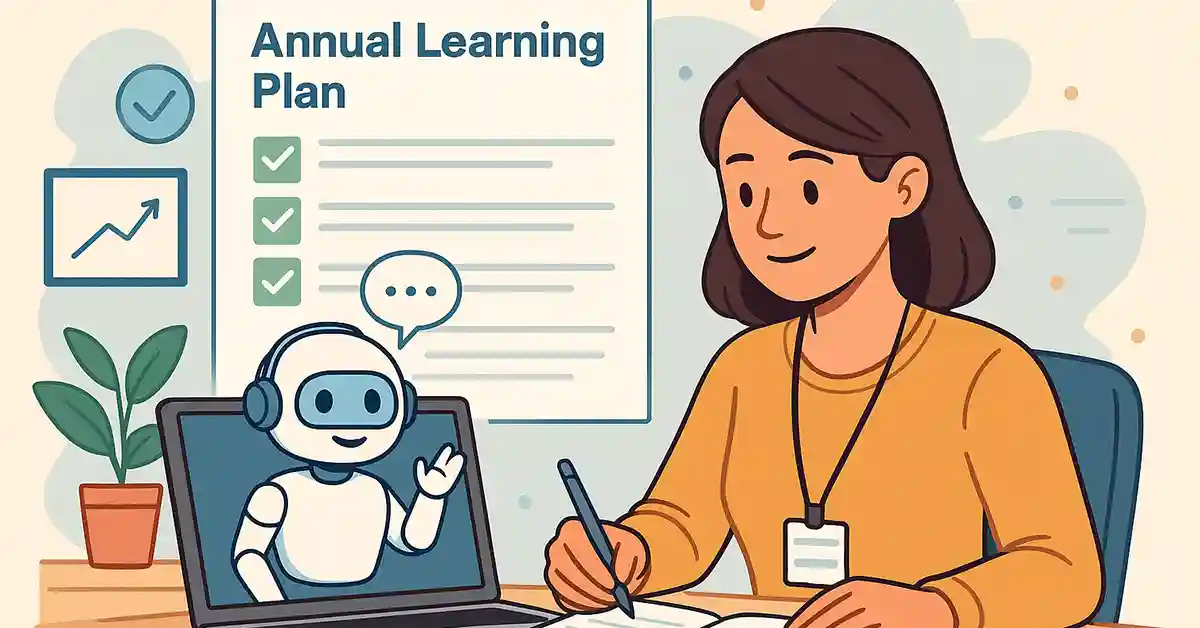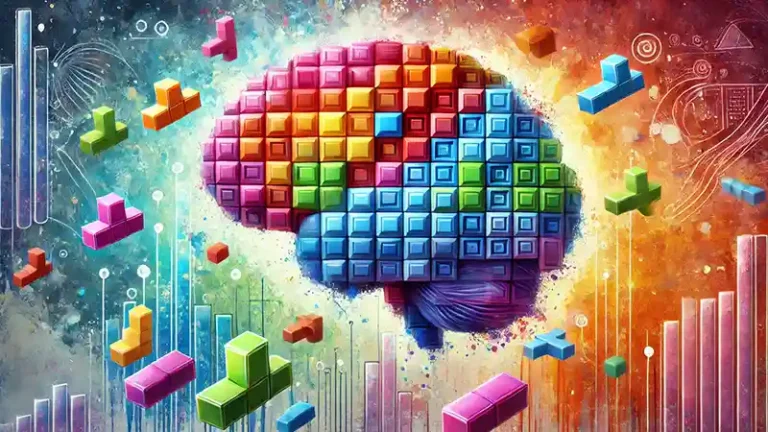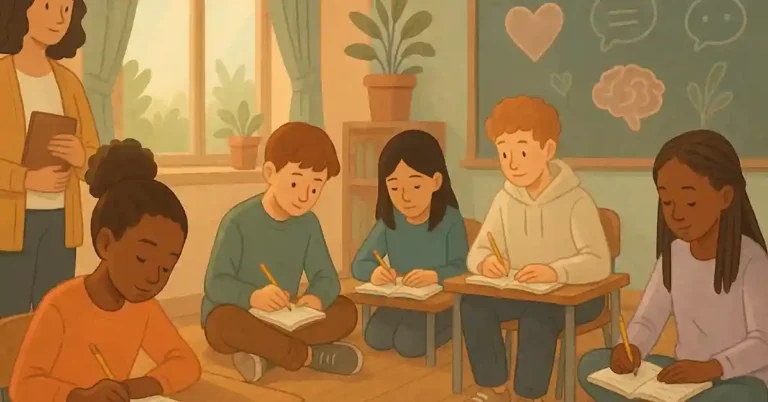Mastering Your Annual Learning Plan: A Teacher’s Guide to a Happier, Smarter Year
An Annual Learning Plan (ALP) is a focused strategy for professional growth that aligns with your goals, your students’ needs, and the evolving demands of education. Whether you’re a seasoned educator or just beginning your career, a well-constructed ALP helps you stay intentional, reflect on your practice, and measure your impact throughout the year.
This guide walks you through how to build an effective ALP, and includes an AI assistant to help streamline the process, helping you spend more time on what matters most: teaching and learning.
The Case for an Annual Learning Plan
Four reasons every teacher needs an ALP:
Focused Growth – It aligns your professional-development hours with long-term career goals instead of random webinars you’ll never use.
Evidence for Reviews – A solid ALP produces artifacts for performance appraisals and certification renewals.
Motivation in Bite-Sized Chunks – Breaking the year into milestones means you get to celebrate progress before June.
Student Impact – Research links teacher growth directly to higher student achievement. Translation: your learning helps theirs.
Core Ingredients of a Stellar ALP
Think of your plan as a well-balanced lesson:
SMART Goals: Keep them Specific, Measurable, Achievable, Relevant, and Time-bound. Limit yourself to three or four big goals so you’re not juggling chainsaws.
Baseline Data: Start with where you really are—last year’s assessment trends, student surveys, or feedback.
Action Steps: Translate each goal into concrete tasks (e.g., “Attend one formative-assessment webinar each month”).
Timeline & Checkpoints: Schedule your tasks on the calendar right now. Quarterly reflection dates prevent “December panic.”
Evidence of Impact: Decide how you’ll prove success—student work samples, survey data, or even a victorious staffroom selfie.
Meet Your AI ALP Sidekick
Modern AI assistants can speed-run the boring parts so you have more time for the fun stuff—like teaching.
Here’s how I use my AI buddy:
Goal Brainstorming – I ask, “Suggest three SMART goals for a 10th-grade history teacher focused on inquiry-based learning.”
Resource Curation – Then: “Find recent studies on formative assessment in English classrooms and summarize the takeaways.”
Progress-Tracking Templates – “Create a monthly reflection log I can paste into Google Docs.”
Reflection Prompts – “Give me five questions to evaluate my student-engagement goal.”
Copy, paste, tweak, and voilà—instant structure with a human touch.
Building Your ALP in Five Breezy Steps
Reflect on Last Year. List three wins, three challenges, and one surprise.
Draft SMART Goals (AI Optional). Let the AI suggest wording, then edit for realism.
Map Action Steps & Timelines. Chunk each goal into monthly micro-tasks and block them off in your calendar.
Gather Resources. Use AI for articles and podcasts; tap colleagues for tried-and-true hacks.
Set Up Reflection Rituals. Calendar 15-minute check-ins every six weeks. Treat them like parent-teacher interviews—non-negotiable.
Section 5 – Keeping the Plan Alive
An annual learning plan is really a living learning plan.
Mini-Reflections: After each PD session, jot one insight before the coffee gets cold.
Peer Accountability: Swap plans with a trusted colleague and schedule a coffee-check.
Celebrate Micro-Wins: Finished that book? Post a celebratory selfie in the staff chat.
Mid-Year Adjustments: If a goal no longer serves students, pivot—just record the why.
Quick Teacher FAQs
How many goals are ideal? Three big ones—more than that and you’re herding cats.
Do I need admin approval? Most boards say yes; check your local policy.
How often should I reflect? Monthly for sanity, quarterly for depth.
Is AI “cheating”? Nope—think of it as a turbo-charged planning buddy.
What counts as evidence? Student work, survey data, lesson plans, photos—anything that shows impact.
Conclusion: Plan, Teach, Repeat—With a Smile
Creating an annual learning plan isn’t busywork; it’s self-care for educators and a gift to your students. Draft your goals, let an AI assistant shave hours off research and formatting, and keep reflecting all year. By June, future-you will thank present-you—and your students will notice the difference.




